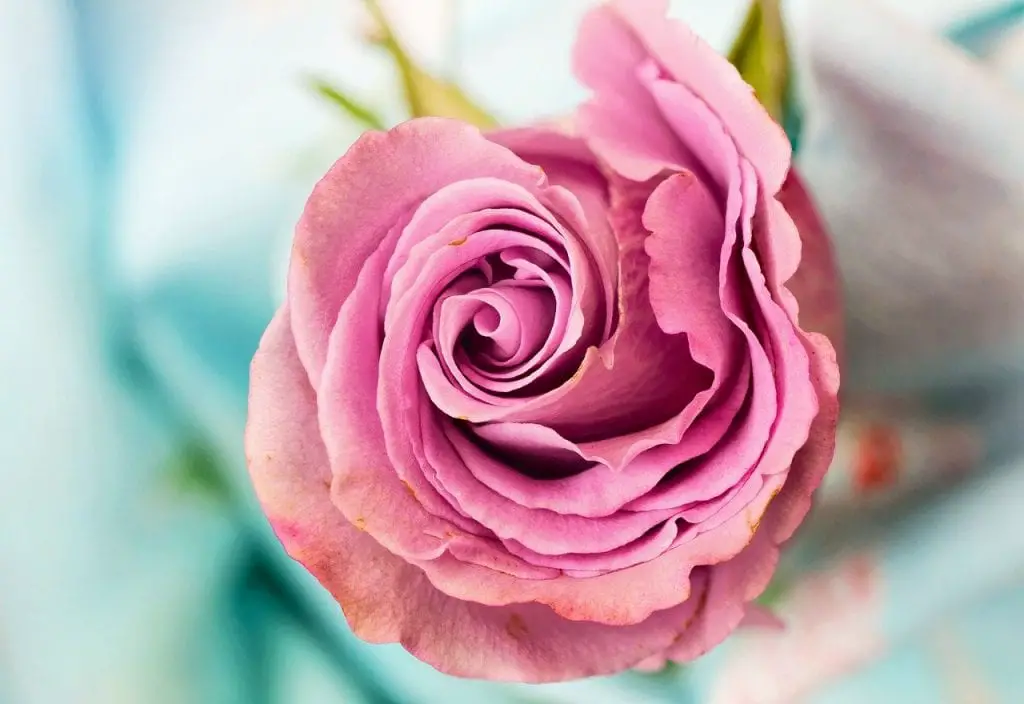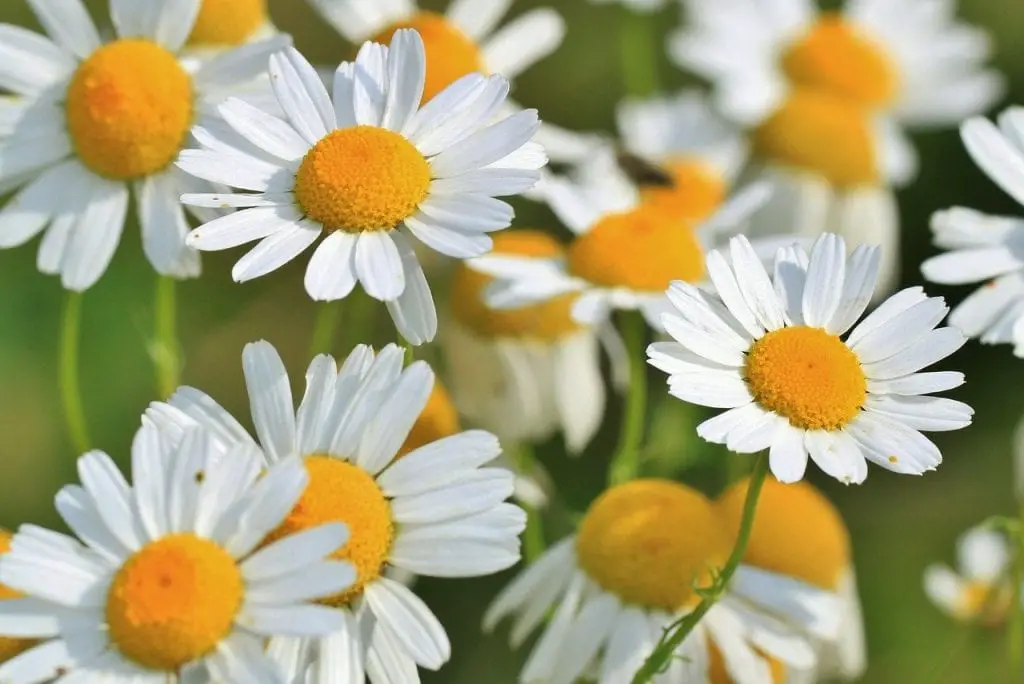
Since the dawn of civilization, flowers have been used in various cuisines for health benefits as well as garnishing. While flowers beautify your garden and clean the air, they also make your food more presentable and nutritious. There are a great many flowers that can be consumed but the others are either inedible or poisonous. Here are the top 15 edible flowers that provide essential nutrients.
Dandelion
Dandelion belongs to the family of daisy flowering plants. From the bud to the root, each part of dandelion is edible. Its blossoms taste like honey and are packed with vitamin A and C. People usually prefer buds to flowers due to better flavor. The leaves of dandelion may be used as salad or toppings for pizza, pasta and sandwich. Besides, you can also cook the leaves to make a stew. These are rich in minerals like iron, magnesium, and potassium.
Dandelion is a highly effective ailment for digestive problems like constipation, bloating, inflammation, etc. Its roots are utilized for making tea that relieves stomach pain.
Honeysuckle
Honeysuckle exists in hundreds of varieties of different colours. The blossoms of honeysuckle are a source of nectar that is often used for teas, syrups, smoothies, lemonade and baked food. This nectar forms a crucial ingredient of traditional Chinese medicine because of its antibacterial and anti-inflammatory properties. Further, honeysuckle tea and oil supply several minerals and vitamins that are necessary for health.
It is recommended to avoid consuming the berries of honeysuckle as they may be toxic.
Rose
The ever-beautiful and sweet-smelling roses are not just a delight for sight, but also great for health. There are over 200 species of rose and almost all of them are edible. But not all roses taste the same. Generally, roses are a little sweet in flavor with the darker shades being more strongly flavored than the light-colored ones. Rose petals have long been used in beverages, jams, desserts, teas, and salads. These carry good quantities of vitamin A and E that nourish our skin and body.
A few research studies also reveal about the anti-anxiety and relaxation qualities of rose petals. While plucking roses for consumption, it’s best to exclude the leaves and stem as they are mostly unsavory.

Purslane
Purslane is a lesser-known edible flower which has lately been listed as a superfood. It holds the highest amount of vitamin A among all kinds of greens. Due to its omega-3 fatty acids and beta carotene-rich content, purslane is often added in soups or cooked with vegetables. The leaves and flowers of purslane can be eaten raw, steamed, battered, or even fried.
Purslane is very low in calories and fat but covers a wide range of micro-nutrients. Nowadays, it is especially preferred by diet-conscious people and frequently incorporated in modern dishes.
Squash Blossom
There are numerous types of squash blossoms, the most used being the zucchini. Squash blossoms are filled with adequate amounts of vitamin A, B6, and C as well as minerals like magnesium and potassium. These flowers are cooked and eaten in many kinds of delicious dishes. The petals of squash blossoms find use in soups and some popular Mexican cuisines like quesadilla. Also, the blossoms are sometimes fried with stuffing of other herbs.
Scientists affirm about the bone-strengthening benefits of zucchini and yellow squash due to its nutrient composition.
Violet
Violets, also known as sweet violets, constitute a crucial component of traditional medicine in Europe. With over 500 different varieties across the world, violet flowers have been a part of drinks, salads, and desserts. Mostly, the white and blue colored violet flowers are considered edible while the yellow-flowered ones are unpalatable.
The leaves of violet are enriched with vitamin A and C, and also assist in lowering cholesterol. Tea prepared from these leaves helps to cure cough and bronchitis.
Chamomile

Since centuries, chamomile flowers have been a common ingredient of herbal medicines and food. All over the world, people opt for chamomile tea for its stress-relieving and sleep-enhancing effects. The flowers are loaded with antioxidants and anti-inflammatory compounds that aid in controlling blood sugar, improving digestion, preventing cancer and heart diseases.
In addition, its blossoms serve as sweeteners for smoothies, desserts, syrups and similar eatables. The leaves of chamomile taste slightly bitter but can be added to salads in raw form. The flowers and leaves may also be heated or dried before spreading on dishes.
Lavender
Lavender is widely used in aromatherapy because of its unique fragrance and the related calming effects. These blooms function as garnish for various desserts, drinks, and baked foods. Besides the coloring and flavoring purposes, lavender flowers are utilized in a dried state to heal anxiety disorders and insomnia.
A small serving of lavender can provide you with calcium, iron, vitamin A and low-calorie diet on a daily basis. It promotes healthy skin and bones, and regulates blood pressure. Medical experts are known to make use of lavender oil for its anti-inflammatory and anti-fungal qualities.
Hibiscus
Largely used as ornamental flowers, hibiscus also serves medicinal and culinary purposes. Several communities and cultures have encouraged the intake of hibiscus extract for treating diabetes, hypertension and microbial infections. The flowers of hibiscus can be used for brewing tea, jams, and other savories.
Hibiscus tea is popularly preferred for its crimson color, sweet and tart flavor, zero calorie and caffeine-free properties.
Marigold
Since ancient times, marigold extracts or drops have treated wounds, burns, skin allergies, and infections. In the times of world wars, soldiers made use of marigold for its antiseptic, anti-fungal and anti-bacterial features. Even today, people gargle with marigold tea to soothe sore throat and mouth ulcers. This tea can also reduce gastrointestinal problems.
The brilliant orange color of marigold oil owes to the compounds formulating vitamin A and antioxidants. It finds huge use in the treatment of eye inflammations and alike issues.
Pansy
Another kind of ornamental flowers, pansies come in many kinds of shades. Like most of the edible flowers, pansies contain vitamin A and C, and hence, are used widely to treat cough and sore throat. Dried pansies are added to make wonderful mild-flavored tea. Due to its anti-inflammatory properties, this tea alleviates joint pain and provides relief to arthritis patients. Also, its soothing qualities and aroma diminish headaches and anxiety levels.
The oil extracted from pansy flowers is used to heal injuries and infections due to its anti-microbial elements. Moreover, pansies can be added to salads, cakes, and cookies to enrich texture, flavor, and color.
Feverfew
As the name of plant ‘feverfew’ itself implies ‘fever reducer’, so has been its use since ages. Also called as ‘medieval aspirin’, the leaves of feverfew have a pain-relieving effect and lessen migraines, fever, muscle tension, and rheumatoid. It is advised to not eat the leaves directly but in brewed or other forms.
The flowers of feverfew look like those of wild chamomile and possess comparable attributes. These can be brewed to make herbal tea which relaxes nerves, elevates mood, and reduces the constriction of blood vessels.
Nasturtium
Nasturtium is among the most commonly consumed plants. While its leaves are a great source of vitamin C, the flowers of nasturtium are filled with vitamin B1, B2, B3 and crucial mineral components. With their sweet and spicy taste, these flowers add to the flavor of cakes, salads, pasta, and other cuisines. These can be consumed in both raw and cooked state.
Apart from their appealing look, the nasturtiums boost your body immunity and detoxify organs. Its nutrients help fight flu, colds, and other viral infections.
Carnation
Carnation belongs to a family of plants with a thousand species. Traditionally, carnations have been used by Europeans to remedy brain and heart diseases. These flowers are known to contain substances that balance the hormonal system and smoothen the body functioning. Composed of antioxidants and anti-inflammatory compounds, carnation retards aging process and relieves many types of aches. Ancient people utilized carnation extract as a tonic for fever and cough.
Carnation tea can be used to resolve gastrointestinal troubles. The petals of carnation are often sprinkled on salads to lend a slightly spicy taste. Cakes and candies usually incorporate these petals to enhance color and nutrition.
Mint
One of the most widely used herbs, mint gives a delightful and refreshing feel to any kind of eatable. The flowers and leaves of mint abound with vitamins, iron, folate, and other important nutrients. Its regular consumption strengthens digestive and respiratory areas of the body. While the dense aroma of mint relaxes nerves, its sweet cooling flavor adds to a range of drinks, desserts, and several types of cuisines. Besides, it works as a breath freshener and forms a component of many medicines.
Most of the above-listed flowers help in weight loss and make way for a balanced diet. Today, more and more people are opting for organic and vegan options. Some of the edible flowers are easy to grow and so, you can plant them in your own garden.
What better than feasting your eyes and stomach with your favorite flowers!
